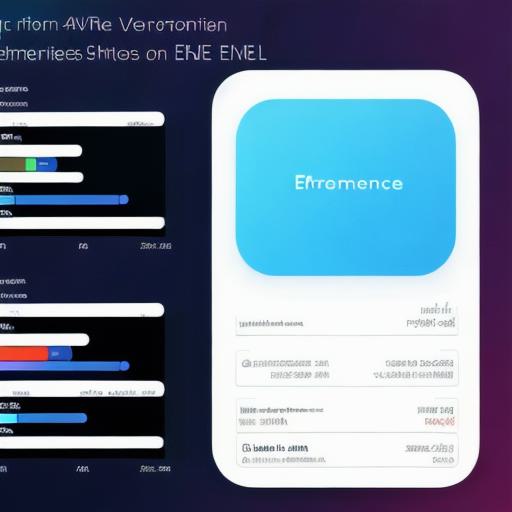The world of Web3 development is rapidly evolving, with new technologies emerging all the time. Among these technologies, two popular libraries stand out for building decentralized applications (DApps) on the Ethereum blockchain: ethers.js and web3.js. In this article, we will explore the features and capabilities of both libraries, as well as their strengths and weaknesses, to help you choose the best one for your project.
First, let’s define what these two libraries are. Ethers.js is a JavaScript library that provides an easy-to-use interface for interacting with Ethereum smart contracts. On the other hand, web3.js is a more comprehensive library that includes a wide range of features, such as account management, transaction handling, and WebSocket support.
Now, let’s dive into the details.
1. Ease of Use
Ethers.js is known for its simplicity and ease of use. It provides a straightforward API that allows developers to interact with Ethereum smart contracts without having to worry about complexities such as gas fees and transaction signatures. This makes it an ideal choice for beginners or small-scale projects. However, more advanced users may find it limiting in terms of customization and control.
Web3.js, on the other hand, is a more powerful library that offers more flexibility and customization options. It provides access to all Ethereum network data, including transaction receipts and account balances, which can be useful for debugging and monitoring your DApp’s performance. However, it requires more technical knowledge and experience to use effectively.
1. Performance
In terms of performance, both libraries are capable of handling complex transactions and smart contracts with ease. However, web3.js is generally faster and more efficient than ethers.js, especially when dealing with large data sets or complex operations. This is because it uses WebSocket protocol for real-time communication with the Ethereum network, which provides better performance and reduces latency.
1. Compatibility
Both libraries are compatible with all major browsers and can be used in both frontend and backend development. However, web3.js has better support for server-side environments such as Node.js and can be easily integrated into existing projects that use these frameworks. This makes it a more suitable choice for large-scale enterprise applications.
1. Community Support
Both libraries have active communities of developers who contribute to their development and provide support through forums, documentation, and tutorials. However, web3.js has a larger and more established community than ethers.js, which means there are more resources available for learning and troubleshooting. This can be particularly useful for beginners or developers who are new to Web3 technology.
1. Security
Both libraries prioritize security and have implemented measures to protect against common vulnerabilities such as reentrancy attacks and malicious code injection. However, web3.js has a more robust security architecture that includes built-in protection against cross-site scripting (XSS) and other security threats. This makes it a more secure option for building DApps that handle sensitive data or user funds.
- Documentation and Tutorials
Both libraries provide comprehensive documentation and tutorials to help developers get started with Ethereum development. However, web3.js has more extensive documentation and tutorials that cover a wider range of topics, including advanced concepts such as sharding and off-chain data storage. This makes it easier for developers to learn and use the library effectively.


In conclusion, both ethers.js and web3.js are capable libraries for building DApps on the Ethereum blockchain. However, depending on your project’s requirements and your technical expertise, one may be more suitable than the other. If you’re a beginner or working on a small-scale project, ethers.js is an excellent choice due to its simplicity and ease of use. However, if you’re working on a large-scale enterprise application or need more advanced features and customization options, web3.js is the better option.
